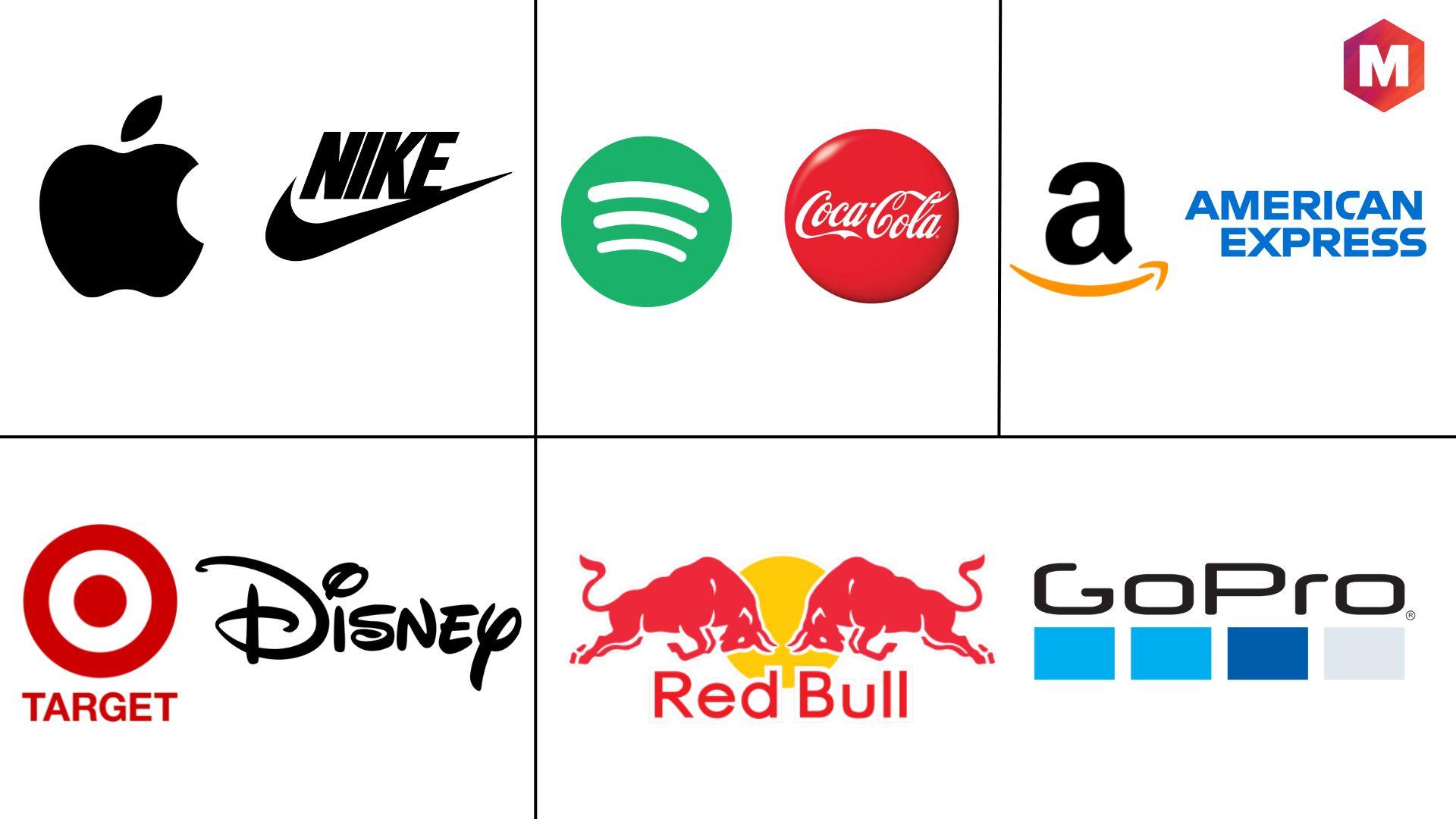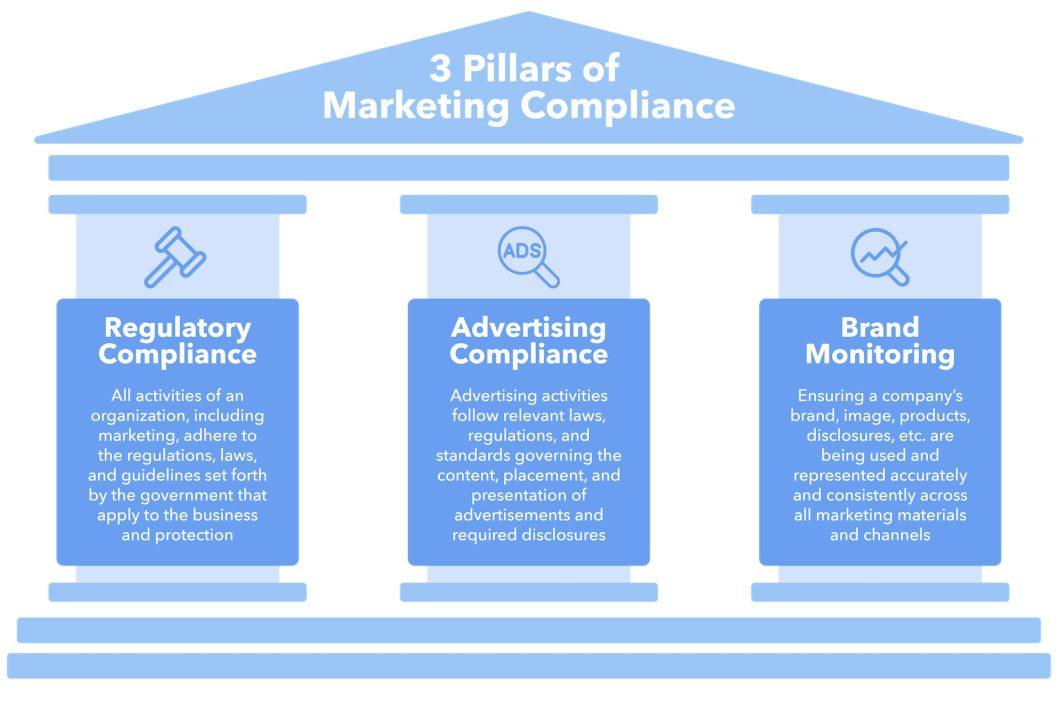
In an era where digital influence reigns supreme, YouTube has emerged as a powerhouse platform, connecting brands with vast audiences through the captivating voices of content creators. As businesses increasingly turn to influencer marketing to amplify their message, understanding the legal landscape surrounding this dynamic partnership is essential. Navigating the intricate web of regulations, disclosures, and contractual obligations can seem daunting, yet it is indeed crucial for both brands and influencers alike to ensure compliance and foster trust with their audiences. In this article, we will explore the legal essentials that underpin youtube influencer marketing, breaking down the complexities to empower both sides of the partnership. Whether you’re a brand looking to engage an influencer or an aspiring creator ready to step into the spotlight, equipping yourself with this legal knowledge will pave the way for successful and responsible collaborations.
understanding the Regulatory Landscape of YouTube Influencer Marketing
The regulatory framework governing YouTube influencer marketing is multifaceted, requiring influencers and brands to navigate a complex web of guidelines to avoid legal pitfalls. One key aspect is transparency in sponsored content, as required by the Federal Trade Commission (FTC). Influencers must clearly disclose any financial compensation, free products, or other incentives received for promoting a brand. This can be accomplished through the use of phrases such as #ad or #sponsored within the video description or in the video itself. Adherence to these guidelines not only ensures compliance but also helps maintain audience trust.
Additionally, copyright issues pose another challenge for influencers. When creating content,it’s essential to use only original material or properly licensed third-party content to avoid claims of infringement. This includes music, video clips, and imagery that might be integrated into their videos. To assist influencers in understanding the implications of copyright law, here’s a simple overview:
| Type of Content | Usage Guidelines |
|---|---|
| Music | Use royalty-free or licensed tracks only. |
| Video Clips | Obtain permission or ensure fair use applies. |
| Images | Credit original creator or use stock images. |

Key Legal Considerations for Brand Partnerships and Collaborations
When entering brand partnerships or collaborations, it’s essential to ensure that all legal obligations are clearly defined and understood. Contracts should be formalized to outline the scope of work, deliverables, timelines, and compensation. This will help to mitigate potential disputes and provide a roadmap for execution. Additionally, establishing intellectual property rights is crucial; both parties must agree on the ownership of content created during the partnership and any potential usage rights for future promotions. Consideration should also be given to the exclusivity agreements that may restrict either party from engaging with competing brands during or after the collaboration period.
Transparency plays a pivotal role in influencer marketing, especially regarding disclosure requirements. Influencers must clearly communicate their relationship with the brand to comply with Federal Trade Commission (FTC) guidelines. This ensures authenticity and fosters trust among audiences. Both brands and influencers should familiarize themselves with advertising regulations that apply to social media marketing to avoid legal repercussions. It’s advisable to maintain open lines of dialog concerning any paid promotions or sponsored content, ensuring that both parties adhere to platform-specific policies and guidelines. By proactively addressing these legal considerations, brands and influencers can build successful, compliant partnerships.

Crafting Effective Disclosure Statements for Influencer Campaigns
In the realm of influencer marketing on YouTube, clarity is key. Crafting an effective disclosure statement not only complies with legal requirements but also fosters trust between the creator and their audience. To accomplish this, it’s essential to clearly indicate when content is sponsored or contains affiliate links. Here are some best practices for creating impactful disclosure statements:
- Be Transparent: Use straightforward language to reveal any financial relationships.
- Place Prominently: Position the disclosure at the beginning of the video or in the video description for maximum visibility.
- Maintain Consistency: Ensure that disclosure practices are uniform across all sponsored content.
Moreover, understanding the different types of disclosures can further enhance their effectiveness. Consider the following types of disclosure statements commonly utilized by influencers:
| Type of disclosure | Description |
|---|---|
| Sponsorship Disclosure | Indicates that a brand has paid for the video content. |
| Affiliate Link Disclosure | Notifies viewers that a purchase through the link may earn a commission. |
| Brand Partnership Disclosure | Details a collaborative relationship with a brand, beyond simple sponsorship. |

Mitigating Risks: Best Practices for Compliance and Transparency in Marketing
In the fast-paced world of influencer marketing, especially on platforms like YouTube, navigating compliance and transparency is essential for brands and influencers alike. Establishing clear guidelines can definitely help mitigate risks associated with misleading advertising practices. Here are some best practices to adopt:
- Disclose Relationships: Always encourage influencers to disclose their relationships with brands clearly. This can be done by placing a simple phrase such as “Sponsored” or “Paid Partnership” in the title or description of the video.
- Educate influencers: Provide training sessions on compliance regulations like the FTC’s guidelines so that content creators understand their obligations regarding transparency.
- Monitor Content: Regularly review influencer content to ensure alignment with compliance standards and brand values, making necessary adjustments in real time.
To further enhance compliance, brands can establish a transparent communication strategy with influencers. This includes providing resources that outline legal expectations, as well as feedback on content prior to publication. Here’s a simple template to consider when outlining compliance responsibilities:
| Responsibility | Description |
|---|---|
| Disclosure | Clearly disclose any sponsored content or partnerships. |
| Content Review | Review and approve content prior to its public release. |
| Ongoing Training | Regularly educate influencers about current compliance regulations. |
to Wrap It Up
As we wrap up our exploration of the intricate world of YouTube influencer marketing, it’s clear that success hinges not only on creativity and authenticity but also on a solid understanding of the legal landscape. By familiarizing yourself with regulations, advertising standards, and contracts, you empower yourself and your brand to thrive in a space that is both dynamic and competitive.As the digital realm continues to evolve, so too will the legal precedents that shape it. Equip yourself with knowledge,consult with legal professionals when necessary,and foster transparent relationships with your influencers. In doing so, you not only protect your interests but also contribute to a more responsible and ethical marketing ecosystem. Whether you are an aspiring influencer, a seasoned marketer, or a brand looking to collaborate, remember: navigating the legal essentials is not just a requirement—it’s a pathway to lasting success in the vibrant world of YouTube.